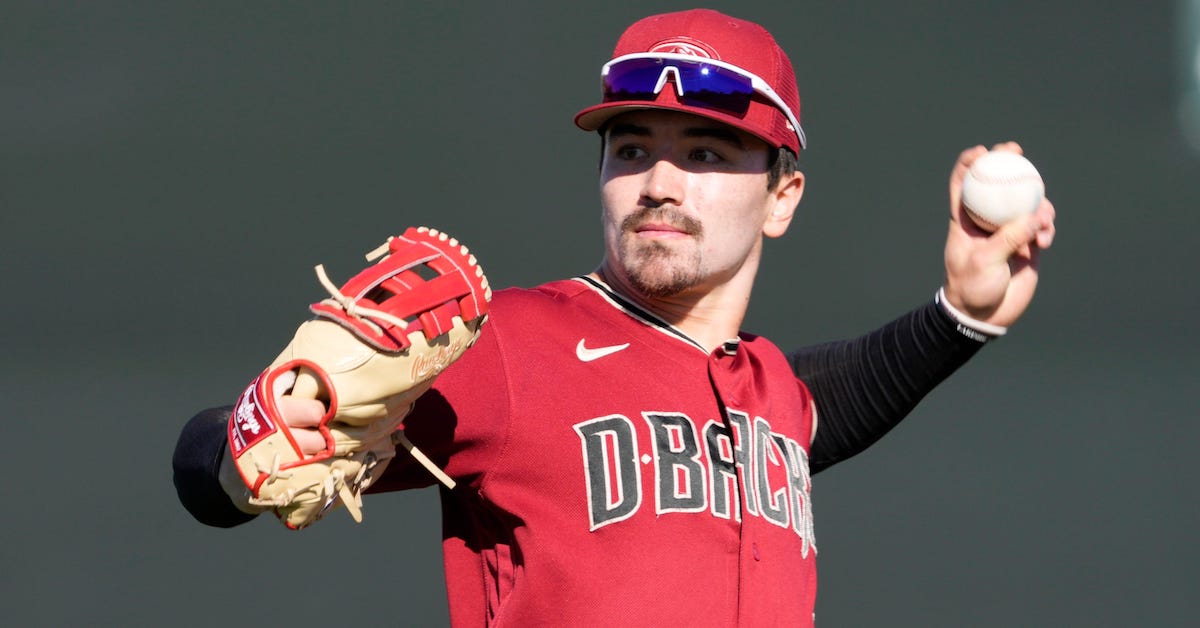FanGraphs Audio: John Perrotto Shares Pirates Stories
Episode 964
This week on the show, David Laurila welcomes long-time Pittsburgh scribe and former Baseball Prospectus colleague John Perrotto to the program.
Perrotto has been covering baseball long enough to remember the last labor stoppage, and he shares his perspective on the current lockout and how it compares to 1994. After that, we get anecdotes about a number of Pirates legends, including what it was like to get to know Jim Leyland, and that one time Brian Giles took batting practice in his birthday suit. We also hear about Perrotto’s clubhouse relationship with Barry Bonds, how impressive of an interview he could be when he wanted to be, and what it took to earn the slugger’s respect.
To purchase a FanGraphs membership for yourself or as a gift, click here.
To donate to FanGraphs and help us keep things running, click here.
Don’t hesitate to direct pod-related correspondence to @dhhiggins on Twitter.
You can subscribe to the podcast via iTunes or other feeder things.
Audio after the jump. (Approximate 43 minute play time.)
Podcast: Play in new window | Download
Subscribe: RSS







